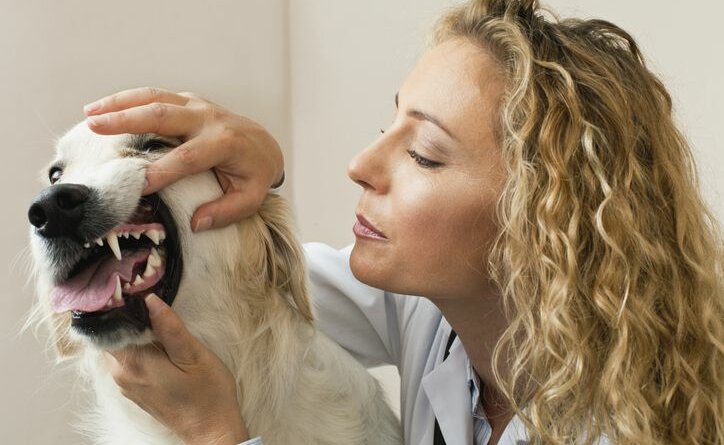Does Your Dog Have Pale Gums?
Do you know what your dog’s gums look like? If not, check them now. Most healthy dogs have pink or salmon-colored gums, though some gums have dark or black patches. Be familiar with your dog’s “normal” gum color so you can recognize problems when they occur.
A simple way to test your dog’s gums is to briefly press one finger against the gums. The pressed area will look white for 1 to 2 seconds, then return to its normal color. Another test is to touch your dog’s gums to check their texture. Sticky, tacky gums can indicate dehydration or other problems.
If your dog seems out of sorts, lethargic, or weak, check his gums. Pale gums (pale pink to white) are a serious symptom that can be caused by:
- Anemia (low red blood cell count due to injury, parasites, a clotting disorder, cancer, autoimmune disorders, or kidney disease)
- Internal bleeding (traumatic injury or organ disease)
- Shock (reaction to an accident or other physical trauma)
- Bloat (distended abdomen leading to circulation problems)
- Heavy metal toxicity (vomiting, lethargy, or reduced appetite)
Anemic dogs are often tired, weak, have trouble breathing, experience weight loss, and have a rapid heartbeat. Dogs with heart disease can be lethargic or coughing, and the abdomen can fill with fluid.
Shock, bloat, and trauma injuries are medical emergencies so if your veterinarian isn’t available, contact your nearest emergency clinic. Otherwise, call your veterinarian and describe when you noticed your dog’s pale gums, what they look and feel like, any changes in your dog’s appearance or behavior, and whether your dog has eaten anything potentially harmful, such as pennies.
For more on dog gum health and what different gum colors mean, read: Healthy Dog Gums vs Unhealthy Dog Gums: The Colors to Watch Out For.





